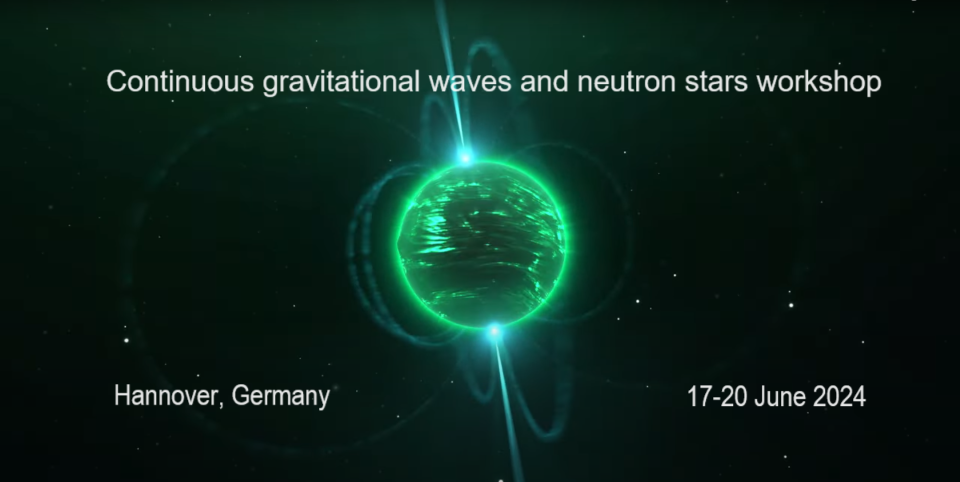Speaker
Description
In the next few decades a number of space-based gravitational wave detectors sensitive in the deci-Hertz band should be operational.
Among the main goals of such detectors are a number of "first detections" such as primordial gravitational waves, compact stellar mass inspirals and intermediate mass black hole mergers.
Interestingly enough we find no mention of Continuous Gravitational Waves (CGWs). Such signals, which are yet to be detected, are thought to be emitted by rotating Neutron Stars (NSs) with a reasonably small degree of non-axisymmetry.
In a previous study (arXiv:2303.04714) we show that, not only the frequency band currently covered by ground-based detectors is populated by less than ~ 0.5% of all Galactic NSs, but also how those sources who possess a strong magnetic field and thus are highly deformed in the scenario of a magnetically induced non-axisymmetry, all lie in the deci-Hertz band, outside the currently "visible" one.
Here we investigate on the possible role that deci-Hertz detectors can play for the cause of CGWs detection.
We consider blind surveys as well as directed and targeted searches for CGWs.
In the former case we find that detecting unknown neutron stars will be possible only if these have an almost purely toroidal magnetic field topology. This result is in line with what we find on a previous study of ours.
In the case of directed searches for known Central Compact Objects in Supernova Remnants, we show how, if no detections are made, physically meaningful constraints can be put down to few Hz.
In the case of known pulsars, similarly to the case of directed searches, we cannot make detectability predictions, but we can explore the no-detection scenario.
Already at the DECIGO pathfinder sensitivities we would be able to constrain spin-down ellipticities for hundreds of known pulsars (currently we can do that for ~ 20), and of these, about a tenth would result to have the percentage of CGW spin-down luminosity constrained down to < 1% (currently this is valid only for three pulsars only).
Such estimations will significantly improve (factor of ~ 3-4) when considering the full DECIGO detector.

